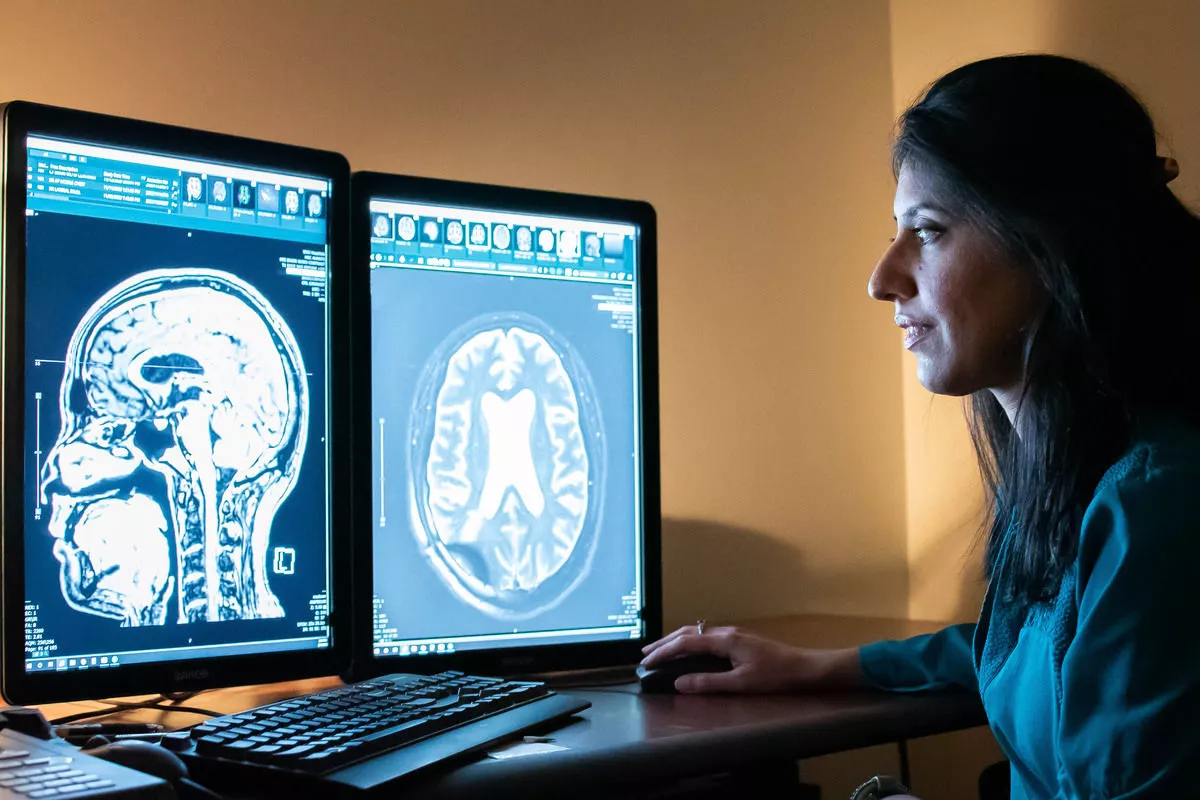Among the many moving parts that scientists suspect may play a role in Alzheimer's disease is one known as the glymphatic system, which is thought to flush waste chemicals from the brain. A new study has demonstrated how this recently discovered system might be kicked into gear via ultrasound, with the technique proving effective in stimulating its activity in patients as part of early human trials.
Using ultrasound as a way of treating Alzheimer's is starting to gain some traction on the back of promising research in rodents. Much of this centers on how targeted ultrasound can open the blood brain barrier to enable the passage of drugs to destroy the buildup of amyloid plaques, which are associated with the progression of the disease.
In this new study, carried out at West Virginia University, scientists dove a little deeper into the physiological effects of opening the blood brain barrier. The experiments involved three volunteers with early-stage Alzheimer's aged 61, 72 and 73, who received ultrasound treatment targeting the hippocampus, the region associated with learning and memory capacity. Contrast-enhancement dyes were used and observed with MRI scans to track the resulting changes in the brain, which showed the dye moving through what are known as draining veins.
“This imaging pattern was unexpected and enhances our understanding of brain physiology,” says Rashi Mehtam, who led the research. “The glymphatic system, which is a fluid-movement and waste-clearance system that’s unique to the brain, has been studied in animals, but there is controversy about whether this system truly exists in humans. The imaging pattern that we discuss in the paper offers evidence not only to support that the system does likely exist in humans but that focused ultrasound may modulate fluid movement patterns and immunological responses along this system.”
The scientists see this as evidence that using targeted ultrasound to open the blood brain barrier may induce an immunological healing response around the draining veins in early-stage Alzheimer's patients. It also adds to our understanding of the glymphatic system and the different ways we might influence its activity for better health outcomes, which include low-level alcohol consumption, regular deep sleep or even sleeping on your side.
“This observation may be an important clue in understanding the physiological mechanism by which the focused ultrasound procedure modifies brain amyloid levels and might be used to treat patients with Alzheimer’s disease and other brain disorders,” says Mehta.
With the trials ongoing, the researchers will continue to investigate that idea by enrolling more participants and exploring the long-term effectiveness and safety of the technique.
The research was published in the journal Radiology.
Source: West Virginia University



